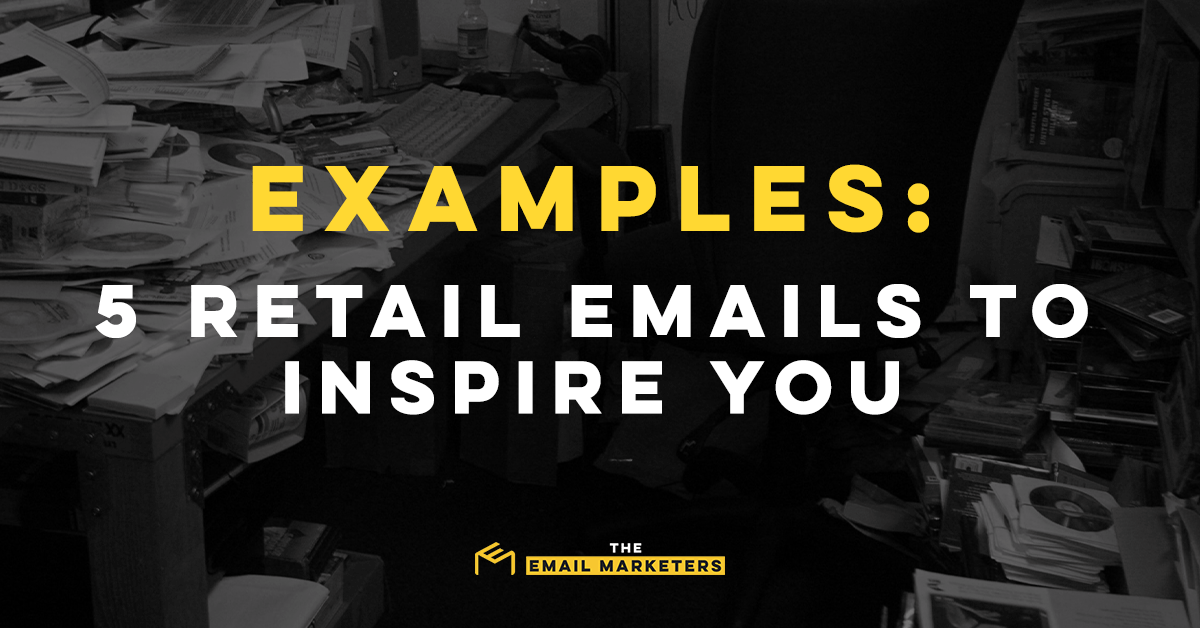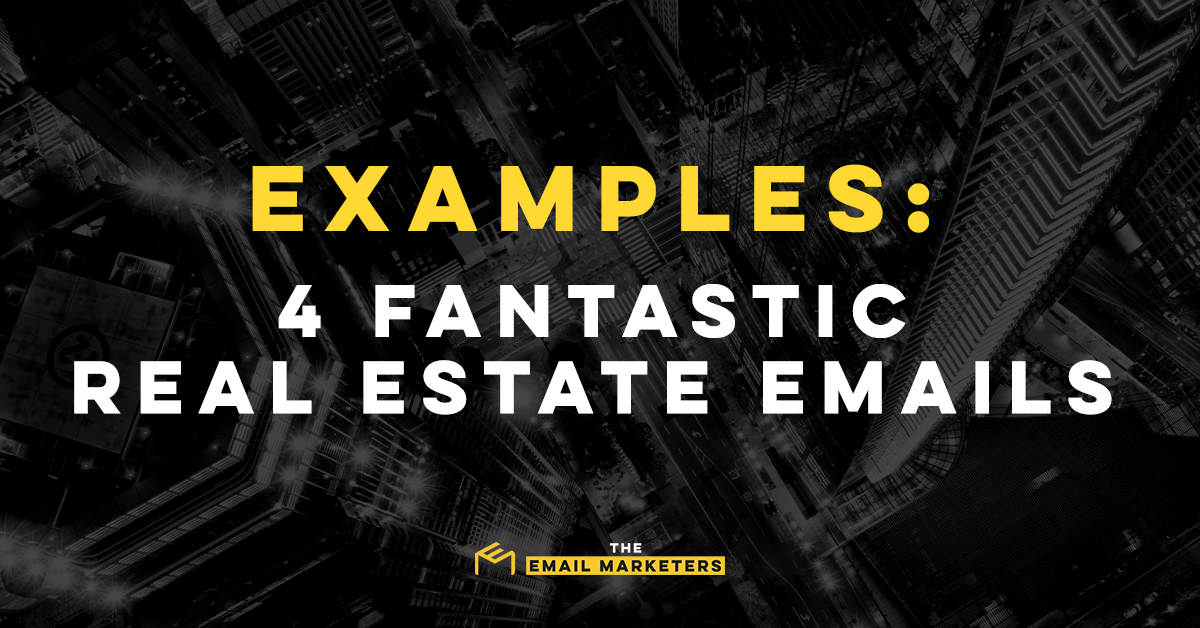The Role of the Newsletter in Email Marketing
There are many ways to promote a business.
Every company has a different strategy, but one of the most common features of modern marketing is email marketing. Businesses send countless promotional emails every day, and the humble email newsletter is just one of the many campaigns you’ll encounter.
So, what is it?
How do email newsletters fit into a modern email marketing strategy, and how can sending email newsletters impact your business?
Get ready to dive into the world of content marketing with me! We’ll be answering those questions and more in today’s blog post.
What Is an e-Newsletter?

Traditionally known as “electronic newsletters,” these marketing ploys are designed to help brands boost customer retention and improve relationships. How?
Much like drip marketing, newsletters aim to provide subscribers with steady streams of information. The wording of an email newsletter will vary from one draft to the next, but they all share the same overarching goal of educating consumers and providing valuable content.
Unlike commonplace promotional emails, email newsletters often focus on informational topics. For example, a real estate agent may send their newsletter subscribers monthly updates about new properties. (An even fancier approach might use dynamic content blocks to deliver personalized emails to each user.)
Note that most email newsletters do not focus on generating revenue; they’re (usually) for driving more traffic to a website or promoting a brand’s expertise. Nonetheless, sales-driven newsletters are an uncommon but valid occurrence.
The Perks of Email Newsletters
As part of the email marketing umbrella, a newsletter is another way to generate cost-effective traffic and drum up more interest in a brand. Moreover, thanks to the many free newsletter templates available online, it’s easy to establish a simple routine and schedule.
Assuming you have a solid target audience and clear goals, your email newsletters have the potential to make users fully aware of your brand’s value. This awareness ultimately leads to more sales, greater click-throughs, and the potential for exponential growth!
The Drawbacks of Regular Email Newsletters
Still, there are risks!
There’s a definite learning curve when you’re starting your email marketing journey. You’re not going to see results overnight. In fact, you can expect plenty of trial and error before you see those coveted benefits.
A truly effective email newsletter requires time and planning, which some small businesses may not have. You’ll also need to consider how you’ll generate a steady stream of newsletter content.
Fortunately, there are ways to mitigate these challenges.
Keep scrolling to learn how you can establish a thriving email newsletter strategy!
The Uses of Email Newsletters

Firstly, let’s establish a baseline.
As part of the massive content marketing discipline, a single newsletter template has the potential to become many things. Savvy email marketers can craft a standard marketing email, informational campaign, or event page from a single draft!
A General List of Goals

I could write an entire article about email newsletters and their many forms, but that’s not the focus of today’s post. So, instead, I’ll start with a list of basic goals. These ideas may not be the topic of a newsletter template, but they have an undeniable sway over the creative direction of its content.
In addition to the many valuable insights you’re likely to gain from a newsletter campaign, your goals may include one (or more!) of the following:
- Announcing relevant business news
- Announcing upcoming sales
- Boosting conversion rates
- Deepening long-lasting relationships with readers
- Discussing current topics or news
- Educating potential customers
- Engaging current customers
- Generating more leads
- Promoting your social media presence
- Promoting upcoming events
- Showcasing new products or services
Generally, most great email newsletters pick one strategic goal and stick to it. However, it’s not impossible to promote two different outcomes. But! You must offer customers valuable content and important news to optimize your newsletter’s performance.
Using Newsletters as Promotional Email Marketing

If a user has opted to receive promotional emails, then an email newsletter is a perfectly valid means of delivery.
Let’s look at some of the examples and examine how these ideas can be adapted for commerce.
- Company News: It may seem obvious, but I’ll still point it out! Newsletters are great places to highlight new items and services.
- Education: An educational campaign is an excellent example of a dual-purpose email. These newsletter templates can double as cross-selling or upselling opportunities!
- Events: In-person events are for more than networking. You can also expand your reach and promote your business.
- Lead Generation: Newsletters sent at regular intervals may encourage recipients to share the content. This expands the campaign’s reach and gives brands the opportunity to promote high-selling items.
Tips to Optimize Your Email Newsletters

Now that we know what email newsletters can do, it’s time to see how we make them!
A solid newsletter template is a great place to start. This guideline should include any relevant legal requirements (such as an unsubscribe link) and your company logo. Most email providers have a pool of templates to choose from, so don’t worry too much about this step.
Instead, worry about the content of your email template!
Remember: At the end of the day, email newsletters must offer customers immediate value. To do otherwise is to fail your subscribers.
Always Start With Your Audience

Your first step is to study your audience.
Ask yourself some tough questions:
- How much does my audience know?
- What do readers want to know?
- When are subscribers reading my messages?
- Who is this email newsletter for?
The answers to these questions will form the basis of your marketing strategy.

You wouldn’t send an industry-focused newsletter to casual readers. Likewise, a friendly promotional email won’t work on most seasoned professionals. Like any other form of email marketing, your campaigns must factor in your target audience’s needs.
For casual consumers, pointing to recent blog posts and plugging some new services may be enough. However, you’ll probably need a meatier content marketing strategy if you’re sending newsletters within the B2B sphere.
Remember that your newsletters are more than transactional emails. These campaigns must include something of value for subscribers. For consumers, this usually means exclusive deals and unique information. Professionals are more likely to appreciate in-depth information that borders on white pages.
Craft Meaningful Content for Your Subscribers

Once you’ve found your audience, it’s time to start drafting your emails.
Content creation is the hardest part of newsletters, and — unfortunately — it’s what makes or breaks an email marketing strategy. Having solid and immediately valuable information confers several benefits, but failing to meet expectations can cause a massive unsubscribe spike.
Fortunately, there are some simple guidelines to improve your marketing emails!
Try the 60/40 Rule for Promotional Content
Firstly, never overload your newsletter design with sales-driven content.
Those plugs can easily go into your run-of-the-mill promotional emails. Instead, strive to live by the 60/40 rule. In other words, make every email newsletter 60% informational and (at most) 40% promotional.
Similarly, avoid discussing the brand too often.
Yes, you’re promoting yourself, but that doesn’t make you the center of attention! A handy numeric reference for self-referential content is the 9/10 rule, stating that 90% of your email newsletters’ content should focus on either the information or your customers.
Use Your Content to Build Relationships
Secondly, remember that email newsletters are long-term investments!
It’s nice to get a few sales from your email marketing, but that’s not (usually) the goal. Your newsletters are all about building relationships, and you should write them with that in mind.
Instead of one call to action after the other, focus on how much value your company offers to subscribers. These email campaigns are also the perfect opportunity to position your company as a trustworthy industry leader.
Mind Your Email Newsletter Size

Speaking of value, you must learn to balance content and length.
An email is not the place to publish an entire essay! It’s an opportunity to invite users to see what your brand knows, and you can direct subscribers to your website for further information.
If you look for email newsletter examples online, you’ll notice that the vast majority are bite-sized treats. The general rule is to keep newsletters 200 words or less long and direct customers to dedicated website landing pages for more information. Moreover, you’ll want to have an established email structure to keep everything tidy.
Now, I can’t tell you how to make the perfect email newsletter design, but I can tell you that most companies use a basic templatized formula.
The most common newsletter design follows a repeating three-part pattern of 1, 2, and 3:
- Section Title: Tell subscribers what the section is about. As an example: A real estate newsletter may use this space to name lots.
- Informational Blurb: This section is variable. Some brands opt to write a sentence or two about the topic; others may use an image.
- Call to Action: If more information is available, this is where you stick a link to your website!
That being said, these are general guidelines. Some brands benefit from longer emails, while others require extremely brief newsletters. In truth, the best way to determine the optimal length is to run some A/B tests. You may even want to segment your audience to craft customized marketing campaigns.
Optimize Your Marketing Content

Finally, your company should ensure that it’s sending emails that are accessible and optimized for the widest audience.
Yes, this means you need to tweak your subject lines and consider multi-channel marketing. But it also means you should be thinking outside the box!
Your email newsletter is a chance to showcase your brand’s creativity and inclusiveness. A bit of alt text and some extra attention to detail can turn otherwise bland campaigns into vibrant, accessible emails. Similarly, every mobile-friendly campaign you create massively expands your brand’s overall reach.
Some of the best (and easiest!) ways to optimize your email newsletter include:
- Cross-promoting your email newsletter on social media
- Following best practices (i.e., using a clear sender name)
- Including surveys and sign-up forms
- Integrating social media marketing
- Making unique and interesting campaigns with your drag-and-drop editor
- Sending emails regularly
- Studying your campaign monitor to better cater to subscribers
- Testing and confirming that basic accessibility features, such as alt text, work properly
- Testing and confirming that campaigns work on mobile devices
- Using data from your campaign monitor to tweak the next subject line
Improve Your Marketing Without the Stress

Now, that’s a lot of information.
Frankly, writing an email newsletter is hard! These campaigns are more complex than transactional emails, and they’re designed for a unique subset of customers.
Even the best social media presence and insights can fail you if your content isn’t perfect.
But that doesn’t mean you should abandon your plans! In fact, there’s an easy way for you to keep subscribers engaged and satisfy your day-to-day obligations.
Get in touch with me! We’ll discuss your company’s needs and how your customers could benefit from a newsletter. I’ll walk you through the many ways to engage with your valued subscribers and showcase options to help you succeed. Then, we can brainstorm your journey with The Email Marketers!
You heard me right! You can have a dedicated team of pros at The Email Marketers! Just give me a call to learn more. In the meantime, don’t forget to check the blog for more information, tips, and tricks!



































































































